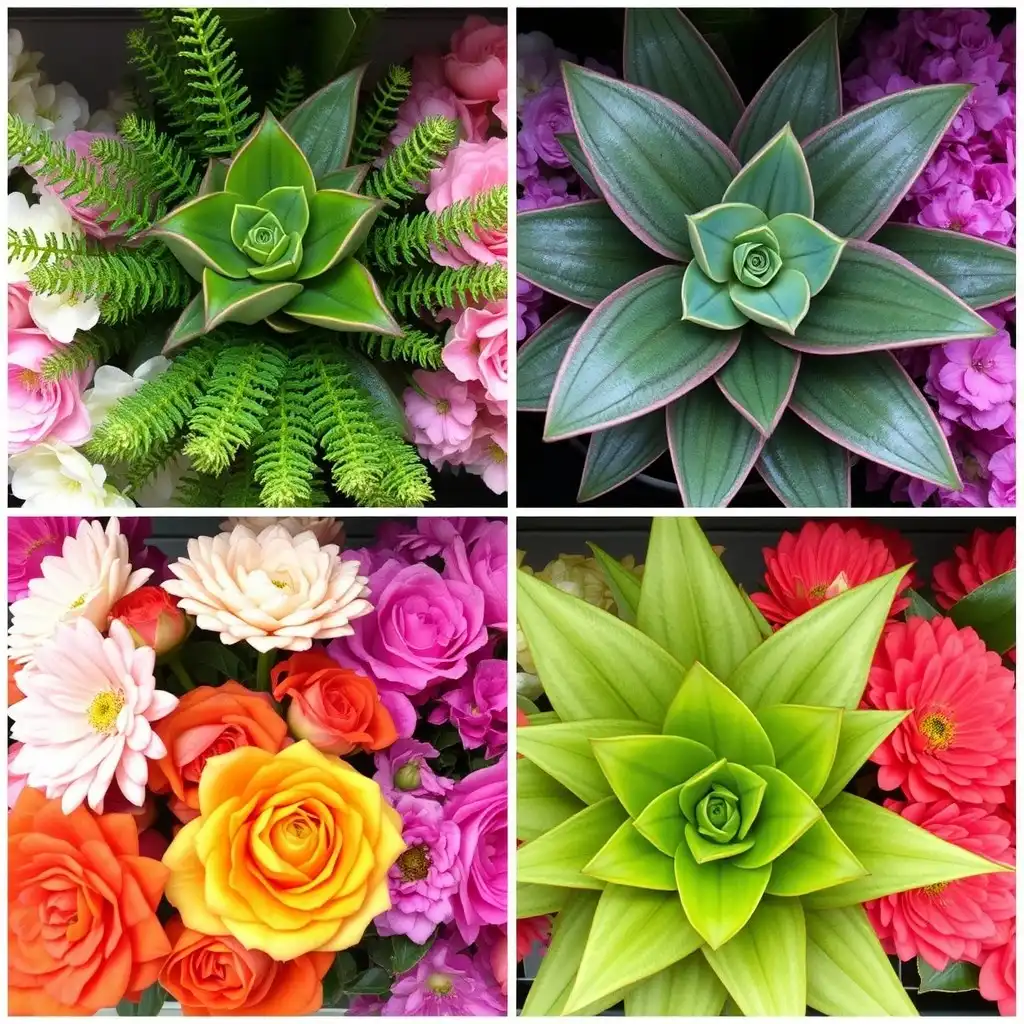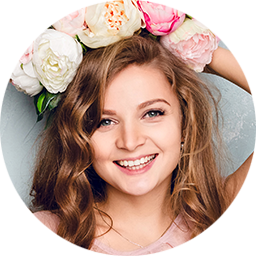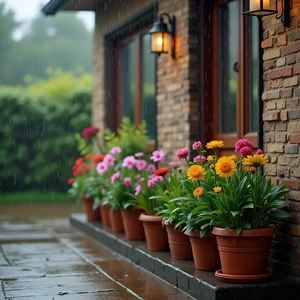
Creating plant arrangements is a true art: a well-chosen mix of colours may turn almost any planter into a striking interior accent, whilst a poorly matched one will weigh the room down with tackiness. And in order to achieve a stunning result, one has to consider not only the plants’ care needs, but also the principles of colour theory and even leaf textures.
Now, let’s go through the key points.
The Basics
The colour wheel is a go-to tool for choosing harmonious pairings.
Why does it matter?
Well, the thing is, colours do behave differently depending on how they’re combined. Similar shades like purple and lilac, or even a soft-light-grey, create calm and soothing blends. On the other hand, contrasting picks (think orange and blue) deliver a bold and dynamic effect.
Obviously enough, schemes can (and probably should) shift with the seasons. Thus, in spring and summer, vibrant shades work beautifully: red Pelargoniums plus yellow Chrysanthemums plus orange Gerberas. Truly stunning.
Come autumn and winter, softer tones take centre stage – white Eucharis, blue Hydrangeas, and deep green Conifers will create a more subdued, seasonal feel.
We should also discuss how the colour influences the perception of space:
- Red attracts attention and evokes warmth. Too much of it can be overwhelming.
- Orange brings joy, making it ideal for relaxation areas. Like red, too much orange can feel overwhelming.
- Yellow fills everything with light and visually expands the boundaries.
- Green has a calming effect, fosters natural harmony and provides a versatile backdrop.
- Blue adds depth to the space and instills tranquillity.
- White lends lightness, making the area slightly appear larger.
Some of the Other Successful Combinations
The above are just a few examples. Of course, there are plenty of more possibilities to explore.
For a modern and minimalist interior, plants with large leaves and subtle colours will work beautifully: the Ficus lyrata, with its glossy dark-green foliage, makes a statement in such a space. Pair it with the leaves of Peperomia or the striped fronds of Chlorophytum, and you’ll achieve a composition with strong depth and visual interest.
In romantic milieus, soft shades of pink, lilac, and white are perfect.
Violets, Cyclamen and double-flowered Begonias, paired with the feathery greenery of Ferns or the trailing tendrils of Ivy.

A light and airy arrangement that evokes the charm of a sun-dappled glade.
You may also take inspiration from nature’s rich shades of deep browns and warm rust tones. This duo reflects the harmony of the natural world and helps to recreate a cosy, yet rustic feel. So, try incorporating Chocolate cosmos or copper-coloured Calla lilies, adding elements like dried seed pods or intricately curved branches.
Next, playing on the contrast of complementary shades. It can provide stunning visual effects. Orange tulips, like flames, will be echoing with blue Forget-me-nots: such a combination will definitely fill the space with energy.
Lastly, we should not forget about the eternal classics, too: snow-white Roses, Peonies or Calla lilies framed by the lush greenery of Ferns and Eucalyptus may truly be called the epitome of refinement. Such a composition transforms any space, be it a gala reception or an informal meeting in the garden. And the contrast between the whiteness of flowers and rich greenery creates a sense of harmony that is both restrained and refined.







